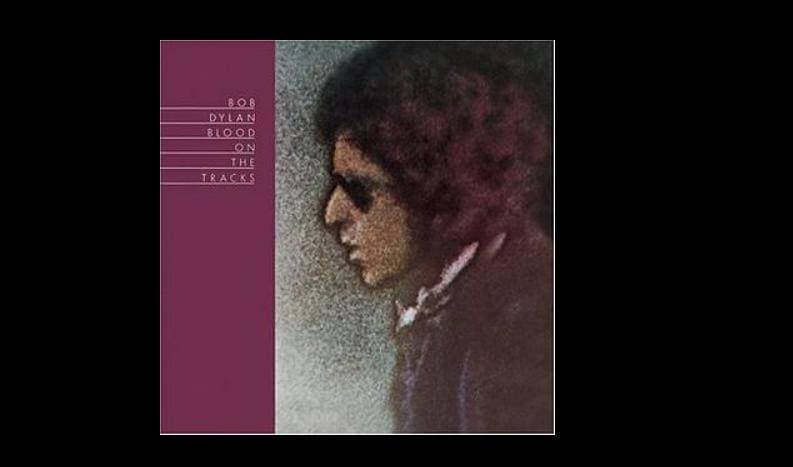“Blood on the Tracks,” Bob Dylan’s fifteenth studio album, is universally lauded as one of his most profound and enduring works. Released in 1975, the album is a compelling exploration of love, loss, and regret. Here are twenty fascinating facts about “Blood on the Tracks.”
- “Blood on the Tracks” was released on January 20, 1975, by Columbia Records.
- Many critics and fans perceive the album as an unofficial narrative of Dylan’s personal life, notably his estrangement from his then-wife, Sara Dylan.
- However, Dylan has refuted these autobiographical interpretations, once stating in an interview that the songs were inspired by Anton Chekhov’s short stories.
- The album peaked at number one on the Billboard 200 charts, marking a significant commercial comeback for Dylan.
- The initial recording sessions for the album took place in New York City in September 1974. Still, Dylan was dissatisfied and re-recorded half of the songs in Minneapolis in December of the same year.
- One of the most famous tracks, “Tangled Up in Blue,” has been played live more than any other song by Dylan, with hundreds of performances since its release.
- “Blood on the Tracks” was the first album Dylan recorded using open guitar tunings, a method that gives the guitar a fuller sound.
- Despite its success, Dylan has been notoriously critical of the album’s production and even considered re-recording it entirely with a different producer at one point.
- “Simple Twist of Fate” is believed to be inspired by a brief romantic encounter Dylan had in Greenwich Village.
- The album was certified double Platinum in the U.S., selling over two million copies.
- “Blood on the Tracks” has been praised for its emotional depth, with Rolling Stone magazine calling it “the truest, most honest account of a love affair from tip to stern ever put down on magnetic tape.”
- Dylan’s son, Jakob Dylan, said in an interview that the songs on the album are “my parents talking,” further fueling speculation about the album’s autobiographical nature.
- “Meet Me in the Morning” is the only blues song on the album, maintaining the key of E major throughout.
- The song “Lily, Rosemary, and the Jack of Hearts” is known for its narrative complexity and ambiguity, which has led to various interpretations and theories about its story.
- Dylan initially recorded the album with a group of musicians in New York, but later re-recorded several tracks with local musicians in Minneapolis at his brother David’s suggestion.
- In 2015, “Blood on the Tracks” was inducted into the Grammy Hall of Fame, recognizing it as a recording of “qualitative or historical significance.”
- The album’s cover art is a photograph taken by Paul Till, showing Dylan walking near a warehouse in Minneapolis.
- The album has inspired several notable covers, including Mary Lee’s Corvette’s track-for-track reimagining in 2002.
- “You’re Gonna Make Me Lonesome When You Go” is a rare instance of a light-hearted, almost joyful song amidst the album’s predominantly somber mood.
- In 2003, Rolling Stone ranked “Blood on the Tracks” No. 16 on its list of the 500 greatest albums of all time, further cementing its place in music history.
Cansu Demir

